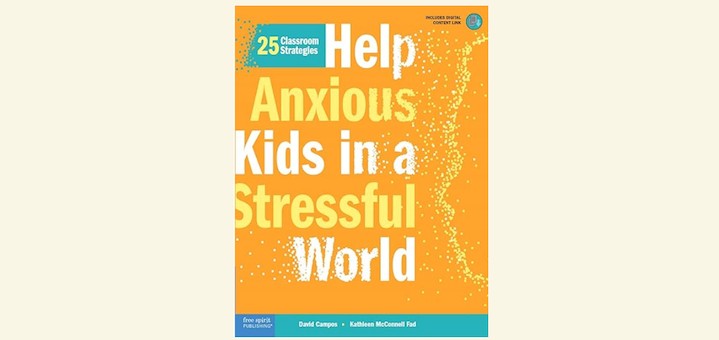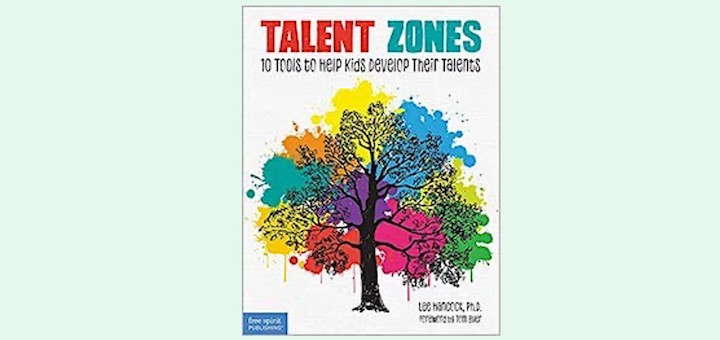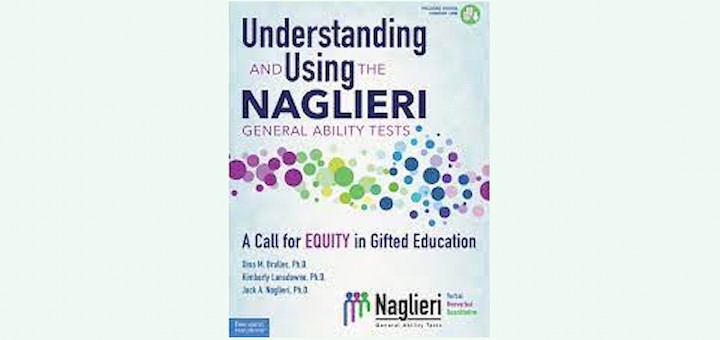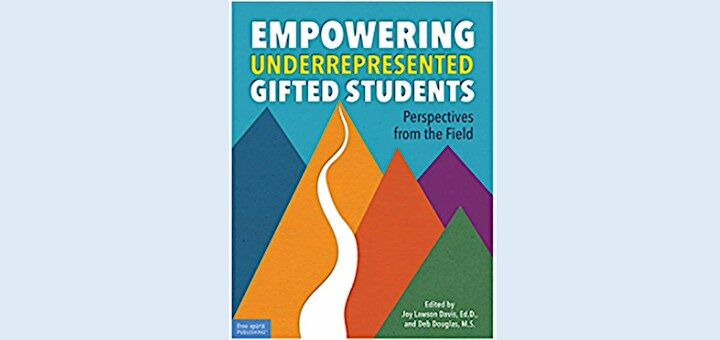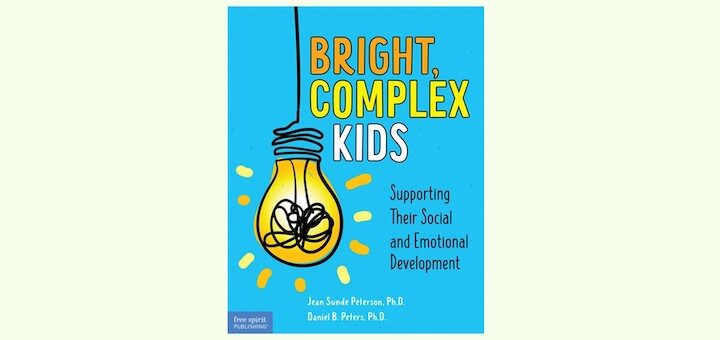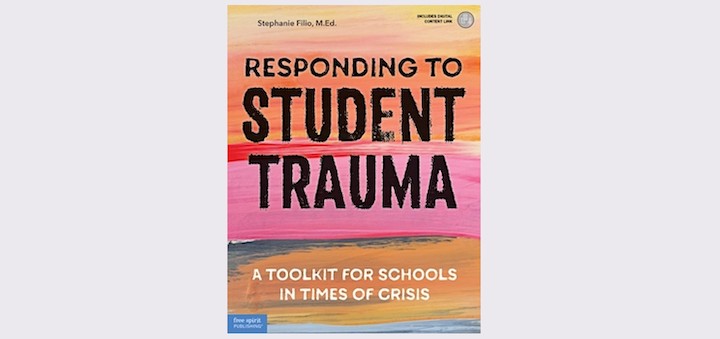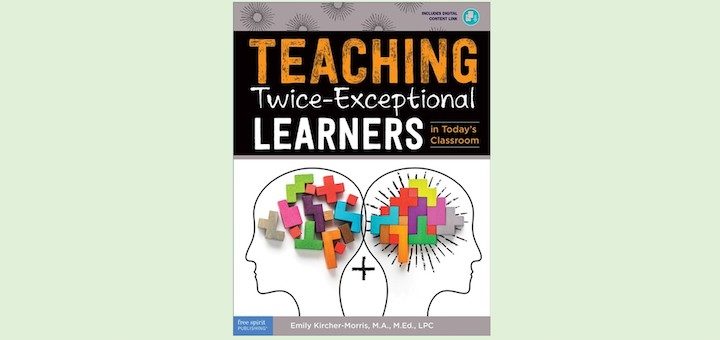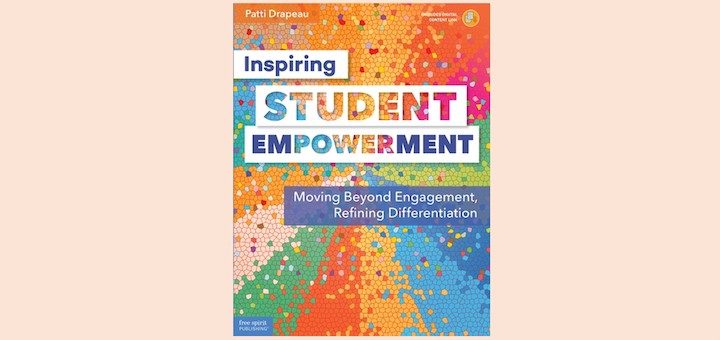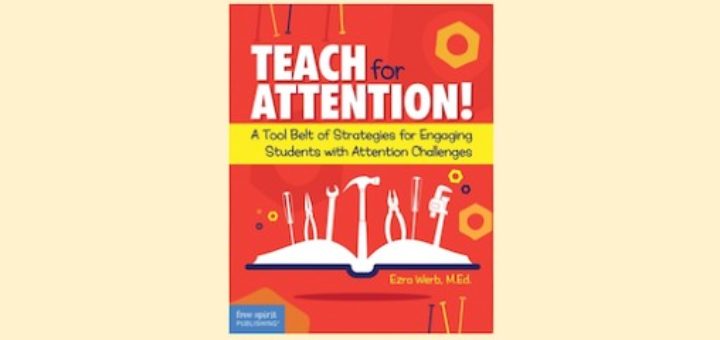Tagged: Free Spirit Publishing
With so many students experiencing stress, David Campos and Kathleen Fad help K-8 teachers understand anxiety and then implement strategies to help anxious students. Other students can benefit, too. MS leader and teacher Kasey Short sees their book as an essential tool.
Lee Hancock’s “Talent Zones” provides a new perspective on developing talent and growing a healthy frame of mind in all our students and children – one that leads to confidence and success. School leader Virginia Hornberger urges teachers, coaches, parents to read it.
Jack A. Naglieri and his co-authors offer a comprehensive guide to using the Naglieri General Ability Tests to reach gifted students equitably and also deliver instruction to those students identified through the tests, writes NBCT and gifted services specialist Kim Rensch.
Editors Davis and Douglas have organized a valuable research-based collection of articles by field-based practitioners of gifted education, writes teacher Erin Corrigan-Smith. A major focus: instructional methods that address the under-representation of minority and twice-exceptional students.
Bright Complex Kids by Jean Sunde Peterson and Daniel B. Peters is highly readable and highly evidentially rigorous in helping educators, families and health professionals identify and work with gifted children of all socio-economic backgrounds, writes educator Amy Estersohn.
Stephanie Filio’s Responding to Student Trauma: A Toolkit for Schools in Times of Crisis provides a well-developed framework for school personnel to handle four sources of trauma. AP Virginia Hornberger notes it is a good starting point to develop a crisis plan of action.
In Teaching Twice-Exceptional Learners in Today’s Classroom Emily Kircher-Morris clears up misconceptions about twice-exceptional students and shares many easily accessed tools for teaching 2E students in general and with specific exceptionalities, writes Sarah E. Pennington.
Patti Drapeau provides the research base and the tools for teachers who truly want to move their students from engagement to empowerment and to upgrade their instruction from differentiated to personalized learning, writes teacher educator Sarah E. Pennington.
2020 has been traumatic for students. A global pandemic, social unrest, and economic hardship have all impacted their well-being. For adolescents, writes school counselor Stephanie Filio, there is also no reprieve from the emotional clutter of growing up. Here’s her advice.
Helping the many kids who seem to struggle with attention is what Teach for Attention! is about. Formatted into 7 power-packed chapters, the book offers methods, tools, and strategies to help all students become engaged learners who like school, writes principal Rita Platt.

